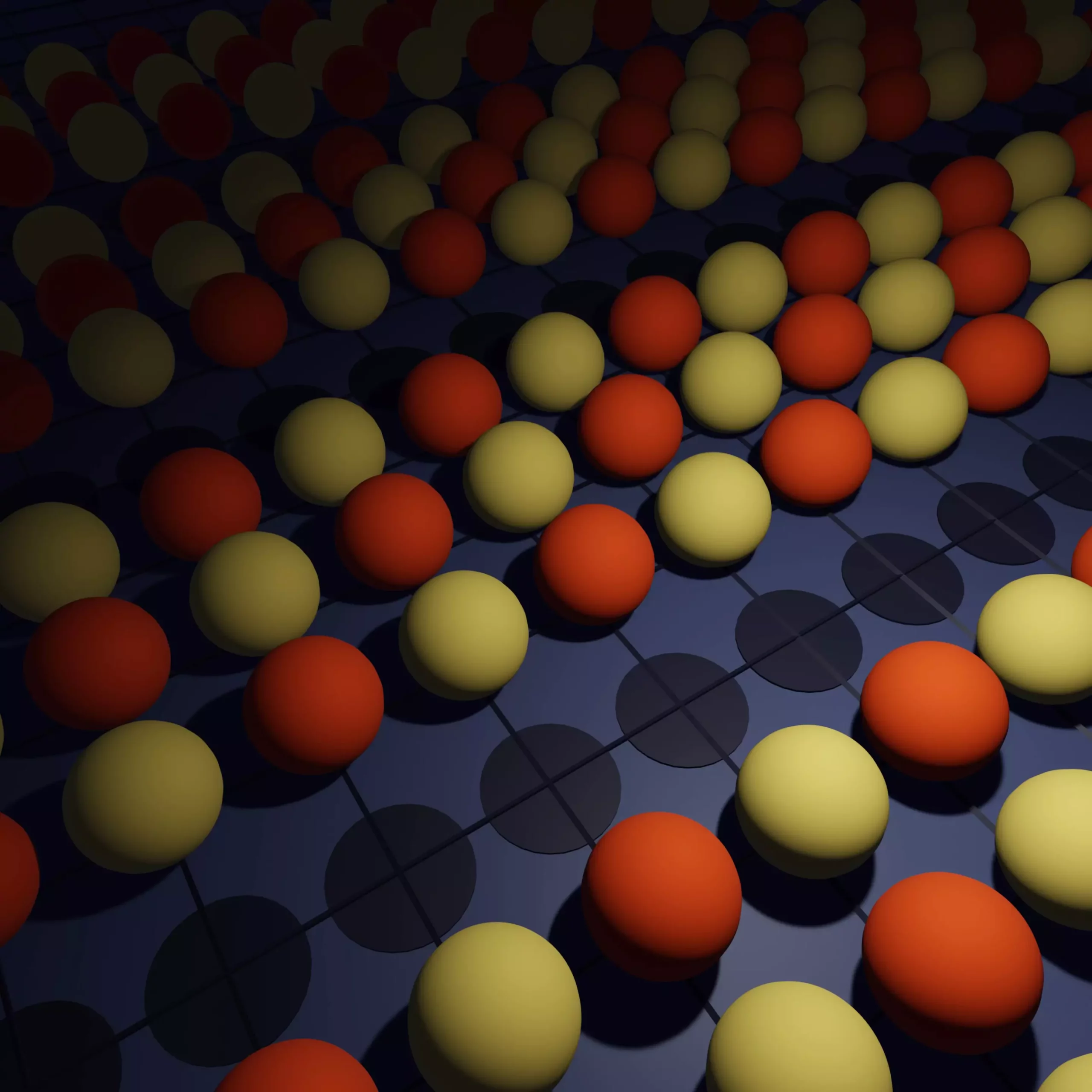In the arena of quantum physics, particular phenomena pique the interest of researchers due to their potential impact on technology. One such phenomenon is the pseudogap, a peculiar state observed in high-temperature superconductors. For years, scientists have wrestled with understanding its underlying mechanisms, but recent breakthroughs promise a clearer understanding that could revolutionize our approach to superconductivity and related technologies. Presented in a recent study published in *Science*, research endeavors led by prominent physicists reveal substantial insights into this long-standing puzzle, propelled by novel computational techniques.
Superconductivity, characterized by the ability of certain materials to conduct electricity without resistance, is a material property that holds immense promise—from lossless energy transmission to advanced applications in Magnetic Resonance Imaging (MRI) and infrastructural innovations like maglev trains. Currently, the superconductive materials predominantly involve copper and oxygen and operate at temperatures significantly below freezing, thus making their practical applications limited. Scientists aim to bridge this gap, working tirelessly towards achieving superconductivity at room temperature, often dubbed the “holy grail” of condensed matter physics.
However, the challenge lies in the fact that at higher temperatures, materials morph into the enigmatic pseudogap state. It is characterized by an unpredictable pattern of electrical behavior, alternating between conducting like a metal and behaving like a semiconductor. This intricate interplay creates a grey area that has puzzled scientists for decades. A greater understanding of this pseudogap state and its relation to superconductivity is critical to tapping into high-temperature superconductors’ full potential.
To unravel the complexities of the pseudogap, researchers have long relied on computational techniques that model electron behavior in materials. However, the inherent difficulty in computing quantum systems arises due to quantum entanglement—a phenomenon wherein the quantum states of particles are interconnected. As the number of electrons increases, accurately simulating their collective behaviors becomes practically impossible. Consequently, researchers have turned to innovative algorithms and models to facilitate these complicated calculations.
One renowned approach is the Hubbard model, which simplifies the material’s electron interactions by conceptualizing them as pieces moving on a chessboard. Each electron can possess either an upward or downward spin, with constraints surrounding how they can cohabitate spaces on this board. While useful, this model breaks down when tackling the pseudogap, which exists at low, yet non-zero temperatures. To address this inadequacy, a team of scientists employed the diagrammatic Monte Carlo method, a computational technique capable of correlating interactions across the entire system rather than in isolated snippets, allowing for more comprehensive analysis.
By applying the diagrammatic Monte Carlo method, researchers illuminated how materials transition as they cool towards absolute zero. Their investigations revealed that the pseudogap indeed morphs into “stripe” patterns in the material as temperatures lower, a finding critical to understanding the comprehensive nature of the pseudogap. Earlier speculation surrounding whether the pseudogap would always reorganize into a stripe state was laid to rest with this new insight, thus drawing a clearer line between behaviors of high-temperature superconductors.
Notably, tweaking the Hubbard model to incorporate diagonal movements—akin to a bishop’s moves on a chessboard—unveiled a pathway toward superconductivity. As the temperature declines, the pseudogap evolves, and under certain conditions, superconductivity emerges. This coupling between the pseudogap state and superconductivity fortifies the foundation of understanding these captivating materials.
The study also cracked the code on the formation of the pseudogap itself. By identifying the emergence of non-uniform electron arrangements—such as patches reminiscent of checkerboard patterns—as precursors to entering the pseudogap, researchers can now cultivate deeper insights into the material behaviors crucial for engineering better superconductors.
The repercussions of these findings extend far beyond theoretical inquiries. The clarity surrounding the pseudogap contributes to broader applications in quantum gas simulation, a burgeoning field blending quantum optics with condensed matter physics. As techniques develop to cool atoms to ultracold temperatures and structure them akin to the Hubbard model, these insights could lead to transformative advancements in both theoretical and experimental realms.
In a time where collaboration and cross-disciplinary approaches are quintessential, this collective effort to unveil the pseudogap’s mysteries marks a significant stride toward achieving breakthroughs in superconductivity. As researchers continue to explore the multifaceted nature of quantum materials, the prospect of room-temperature superconductivity may no longer be a distant dream, but an attainable reality on the horizon.

